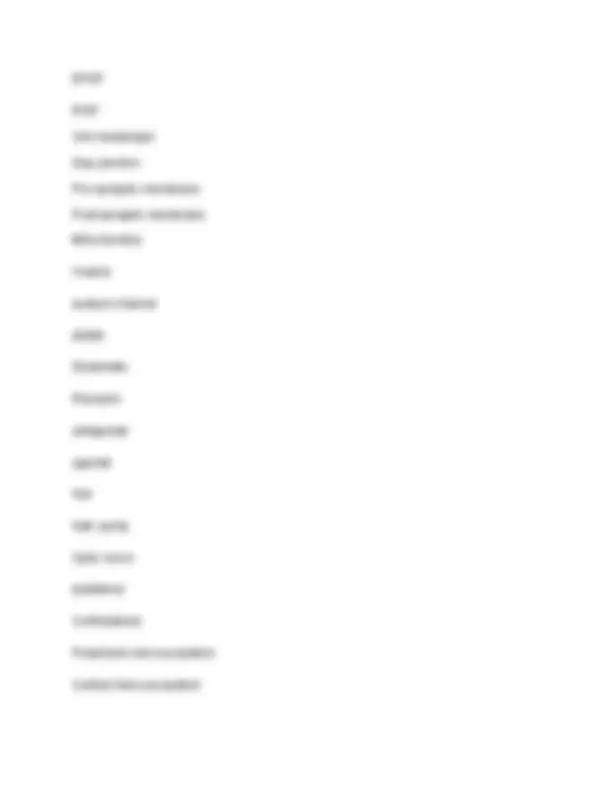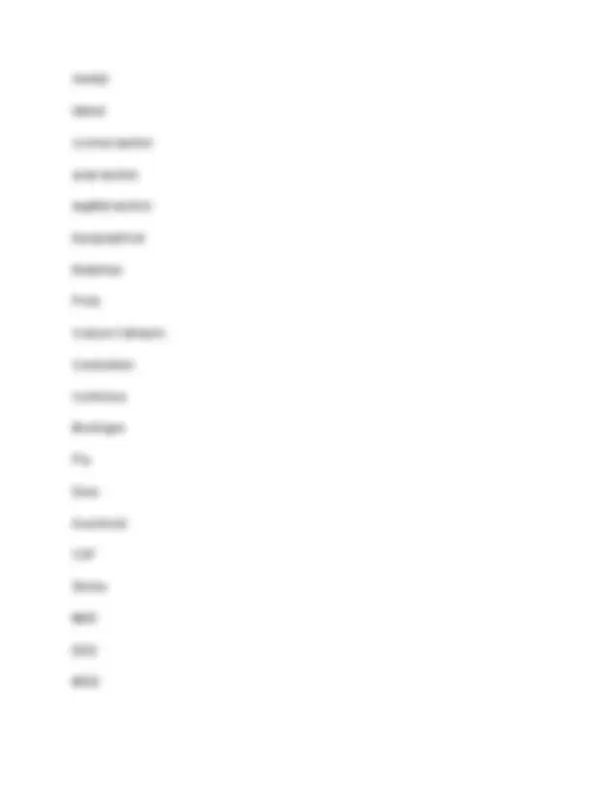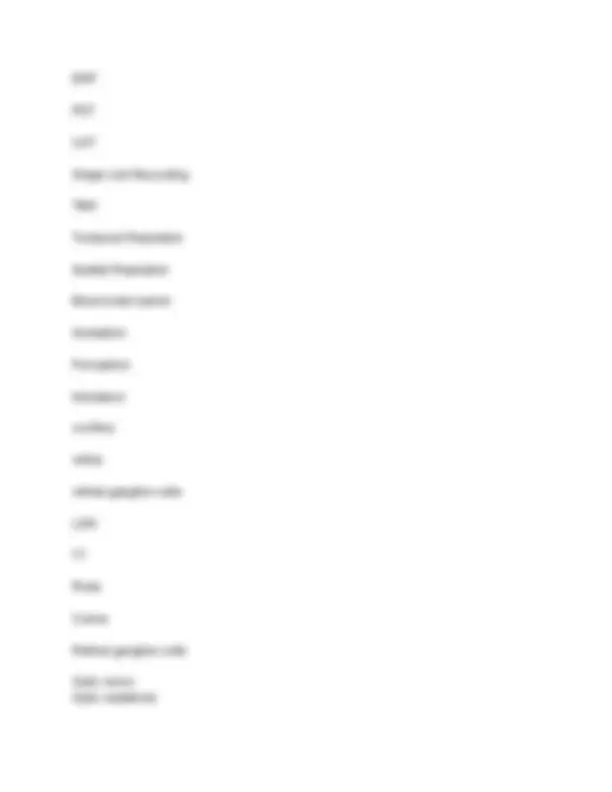





Study with the several resources on Docsity

Earn points by helping other students or get them with a premium plan


Prepare for your exams
Study with the several resources on Docsity

Earn points to download
Earn points by helping other students or get them with a premium plan
Community
Ask the community for help and clear up your study doubts
Discover the best universities in your country according to Docsity users
Free resources
Download our free guides on studying techniques, anxiety management strategies, and thesis advice from Docsity tutors
Valuable study tips for the first exam in psy361, covering key concepts from lectures and readings. It outlines essential topics, emphasizes the importance of reviewing lecture notes and slides, and highlights the need to understand specific brain structures and their functions. The document also includes a list of key terms and a breakdown of exam question types, equipping students with a comprehensive understanding of the exam format and content.
Typology: Study Guides, Projects, Research
1 / 6

This page cannot be seen from the preview
Don't miss anything!




Psy361 – First Exam Study Tips The exam will be 50 multiple-choice questions (4 alternatives per question). The breakdown is approximately 50% from lecture and 50% from the readings with many questions covered in both places. In studying make sure that you:
Below is a list of key terms (not an exhaustive list) that you should understand/know the meaning of: axon apical dendrite soma golgi apparatus basal dendrite dendrite spine mitochondria nucleus myelin cell membrane axon terminal initial segment synapse inhibitory excitatory action potential graded potential
medial lateral coronal section axial section sagittal section topographical thalamus Pons Corpus Callosum Cerebellum Ventricles Meninges Pia Dura Arachnoid CSF Stroke fMRI EEG MEG
Single Cell Recording TMS Temporal Resolution Spatial Resolution Blood brain barrier Sensation Perception transduce cochlea retina retinal ganglion cells LGN V Rods Cones Retinal ganglion cells Optic nerve Optic radiations